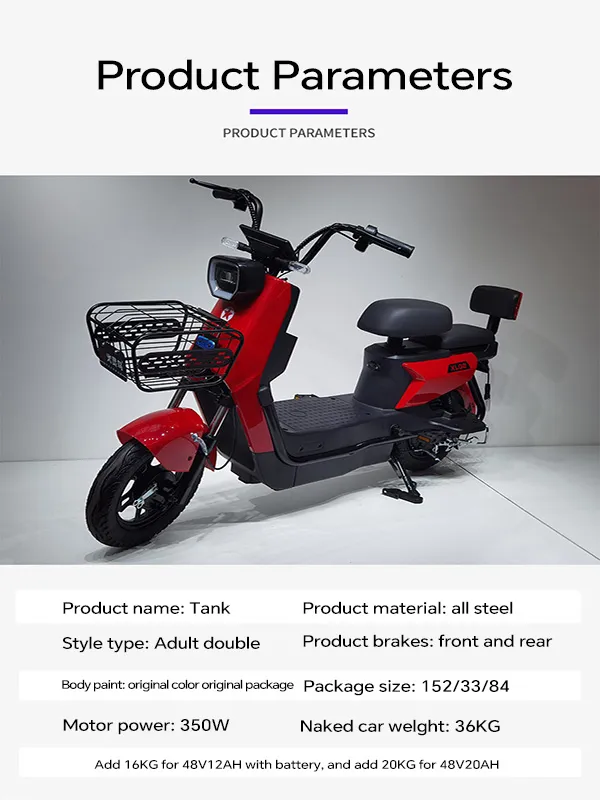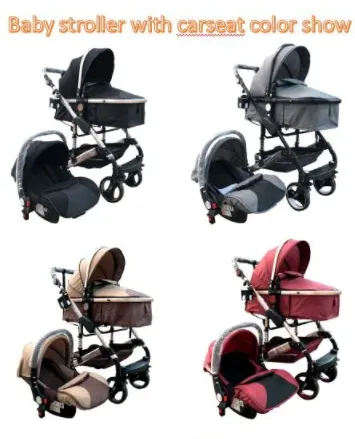
- Afrikaans
- Albanian
- Amharic
- Arabic
- Armenian
- Azerbaijani
- Basque
- Belarusian
- Bengali
- Bosnian
- Bulgarian
- Catalan
- Cebuano
- Corsican
- Croatian
- Czech
- Danish
- Dutch
- English
- Esperanto
- Estonian
- Finnish
- French
- Frisian
- Galician
- Georgian
- German
- Greek
- Gujarati
- Haitian Creole
- hausa
- hawaiian
- Hebrew
- Hindi
- Miao
- Hungarian
- Icelandic
- igbo
- Indonesian
- irish
- Italian
- Japanese
- Javanese
- Kannada
- kazakh
- Khmer
- Rwandese
- Korean
- Kurdish
- Kyrgyz
- Lao
- Latin
- Latvian
- Lithuanian
- Luxembourgish
- Macedonian
- Malgashi
- Malay
- Malayalam
- Maltese
- Maori
- Marathi
- Mongolian
- Myanmar
- Nepali
- Norwegian
- Norwegian
- Occitan
- Pashto
- Persian
- Polish
- Portuguese
- Punjabi
- Romanian
- Russian
- Samoan
- Scottish Gaelic
- Serbian
- Sesotho
- Shona
- Sindhi
- Sinhala
- Slovak
- Slovenian
- Somali
- Spanish
- Sundanese
- Swahili
- Swedish
- Tagalog
- Tajik
- Tamil
- Tatar
- Telugu
- Thai
- Turkish
- Turkmen
- Ukrainian
- Urdu
- Uighur
- Uzbek
- Vietnamese
- Welsh
- Bantu
- Yiddish
- Yoruba
- Zulu
Feb . 14, 2025 22:21 Back to list
mountain bike women
Mountain biking has surged in popularity, offering an exhilarating escape into nature. For women, the right mountain bike can enhance this adventure, melding comfort with performance. When selecting a mountain bike tailored for women, it's essential to consider several factors that can influence the riding experience profoundly.
The handlebars and saddle are two more elements that should not be overlooked. Women's mountain bikes often feature narrower handlebars, accommodating narrower shoulders for improved handling and reduced strain on the upper body. Furthermore, saddles designed specifically for women typically offer wider and shorter profiles, keeping in mind the anatomical differences. According to biking specialist Laura Johnson, a well-fitted saddle can prevent common issues like discomfort and numbness, thereby enhancing overall ride quality. Gear systems on mountain bikes for women should be simple and efficient. A 1x system, which simplifies the shift sequence to just one shifter, may offer an intuitive experience, allowing the rider to focus more on the trail rather than gear management. Multiple gear combinations might be beneficial for those who venture into more varied and demanding terrains, providing a broader range of resistances and speeds. Don't underestimate the importance of good quality brakes. Hydraulic disc brakes are often recommended, offering better modulation and control in wet and dry conditions alike. As per biking expert Joanna Blake, investing in reliable braking systems not only improves safety but also increases confidence during steep descents or tricky maneuvering. Ultimately, the choice of a mountain bike should reflect the individual's style, terrain preference, and comfort needs. Experienced mountain bikers advise trying multiple models by participating in demo days or renting before purchasing. With such a significant amount of investment involved, ensuring that a bike meets all of one’s specific demands is essential. In conclusion, selecting the right mountain bike for women involves thoughtful consideration of frame geometry, suspension, frame material, wheel size, handlebars, saddle, gear systems, and brakes. Each component contributes to a harmonious and enjoyable biking experience, fostering not only skill growth but also a deeper connection with nature and adventure. This tailored approach ensures that women bikers, regardless of skill level, can fully embrace every trail's promised thrill and freedom.


The handlebars and saddle are two more elements that should not be overlooked. Women's mountain bikes often feature narrower handlebars, accommodating narrower shoulders for improved handling and reduced strain on the upper body. Furthermore, saddles designed specifically for women typically offer wider and shorter profiles, keeping in mind the anatomical differences. According to biking specialist Laura Johnson, a well-fitted saddle can prevent common issues like discomfort and numbness, thereby enhancing overall ride quality. Gear systems on mountain bikes for women should be simple and efficient. A 1x system, which simplifies the shift sequence to just one shifter, may offer an intuitive experience, allowing the rider to focus more on the trail rather than gear management. Multiple gear combinations might be beneficial for those who venture into more varied and demanding terrains, providing a broader range of resistances and speeds. Don't underestimate the importance of good quality brakes. Hydraulic disc brakes are often recommended, offering better modulation and control in wet and dry conditions alike. As per biking expert Joanna Blake, investing in reliable braking systems not only improves safety but also increases confidence during steep descents or tricky maneuvering. Ultimately, the choice of a mountain bike should reflect the individual's style, terrain preference, and comfort needs. Experienced mountain bikers advise trying multiple models by participating in demo days or renting before purchasing. With such a significant amount of investment involved, ensuring that a bike meets all of one’s specific demands is essential. In conclusion, selecting the right mountain bike for women involves thoughtful consideration of frame geometry, suspension, frame material, wheel size, handlebars, saddle, gear systems, and brakes. Each component contributes to a harmonious and enjoyable biking experience, fostering not only skill growth but also a deeper connection with nature and adventure. This tailored approach ensures that women bikers, regardless of skill level, can fully embrace every trail's promised thrill and freedom.
Next:
Latest news
-
The Ultimate Kids' Four-Wheeler Experience
NewsJul.09,2025
-
The Ultimate Guide to Mountain Bikes: Gear Up for Your Ride
NewsJul.09,2025
-
The New Age of Cycling: Electric Bikes for Every Rider
NewsJul.09,2025
-
The Best Kids Bicycles: Ride in Style and Safety
NewsJul.09,2025
-
The Best 3-Wheel Scooters for Kids: Fun, Safety, and Adventure
NewsJul.09,2025
-
Revolutionize Your Ride: Affordable Electric Bikes
NewsJul.09,2025
-
Finding the Perfect Mountain Bike for Every Rider
NewsJul.09,2025



